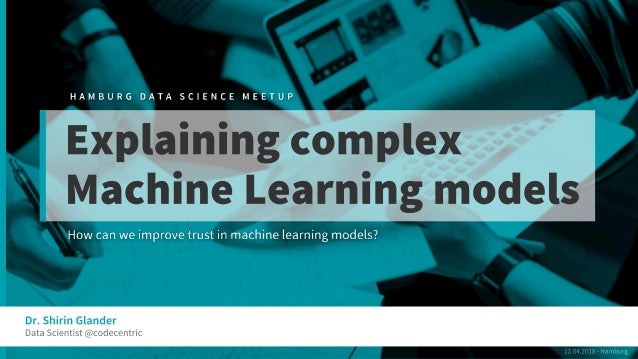When looking through the CRAN list of packages, I stumbled upon this little gem:
pkgnet is an R library designed for the analysis of R libraries! The goal of the package is to build a graph representation of a package and its dependencies.
And I thought it would be fun to play around with it. The little analysis I ended up doing was to compare dependencies of popular machine learning packages.





